Beginning in the mid-1980s, large numbers of people from Portugal’s newly independent African colonies migrated to Bairro de Vale de Chícharos, more commonly known as "Bairro da Jamaika", on the outskirts of Lisbon. Seeking safety and economic stability, these arrivals – from Angola, Guinea-Bissau, São Tomé and Príncipe and other African nations, alongside a small population of Roma – appropriated and inhabited the area to create a thriving, albeit unauthorised, community.
‘Model of Jamaika’ narrates some of the residents’ ongoing disputes with private landowners and local authorities, while presenting aspects of their everyday lives and still-unfolding future. Its designed as a walk-in structure to display ethnographic and photographic work, bringing to the fore many voices that largely go unheard in Portuguese society, never mind in cultural spaces per se.
Jamaika is subject to multiple forms of injustice. A presence at OAT gives a public prominence to the case, used to help blur boundaries between elite cultural institutions and marginalised areas of the city. The model is an “anchor” generating further conversation around the neighbourhood. It is supplemented with a public programme of debates, performances and screenings addressing racism, marginalised art and the question of policies on resettlement processes.
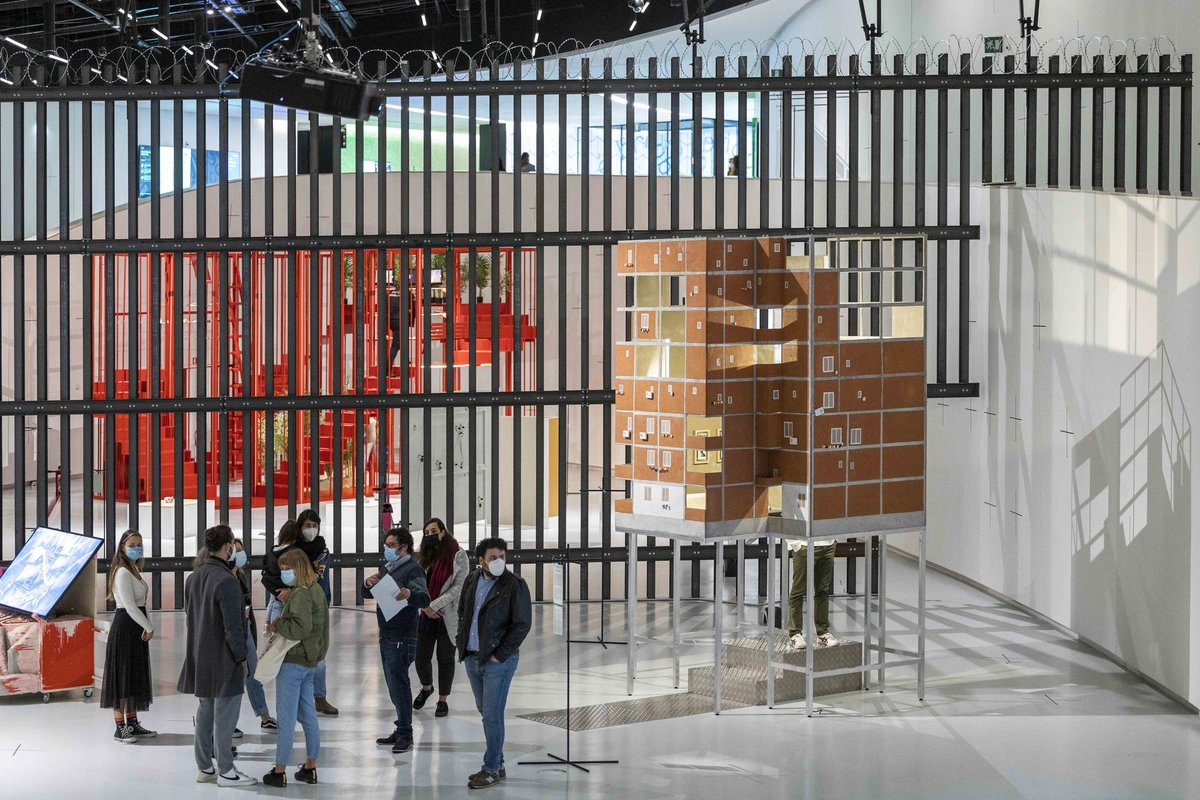
Model of Jamaika installation at maat, Lisbon. Photo by Ivo Tavares Studio.
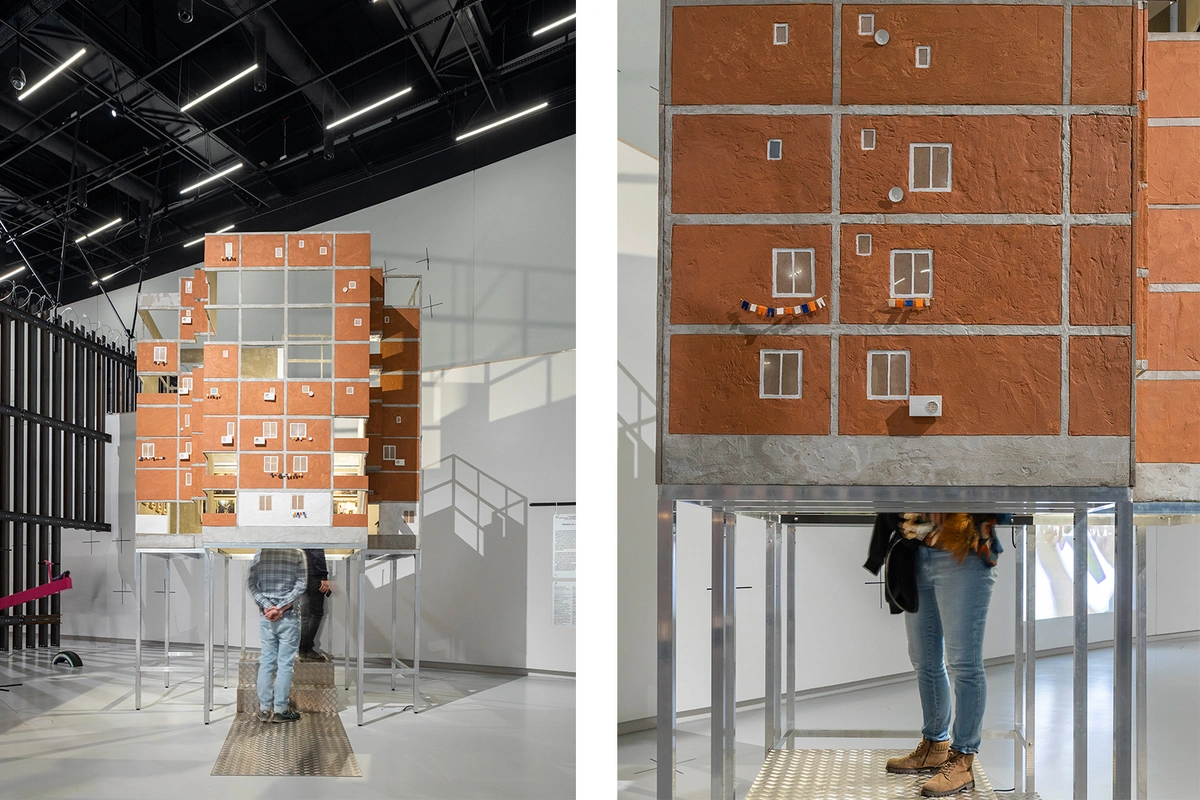
Model of Jamaika installation at maat, Lisbon. Photo by Ivo Tavares Studio.
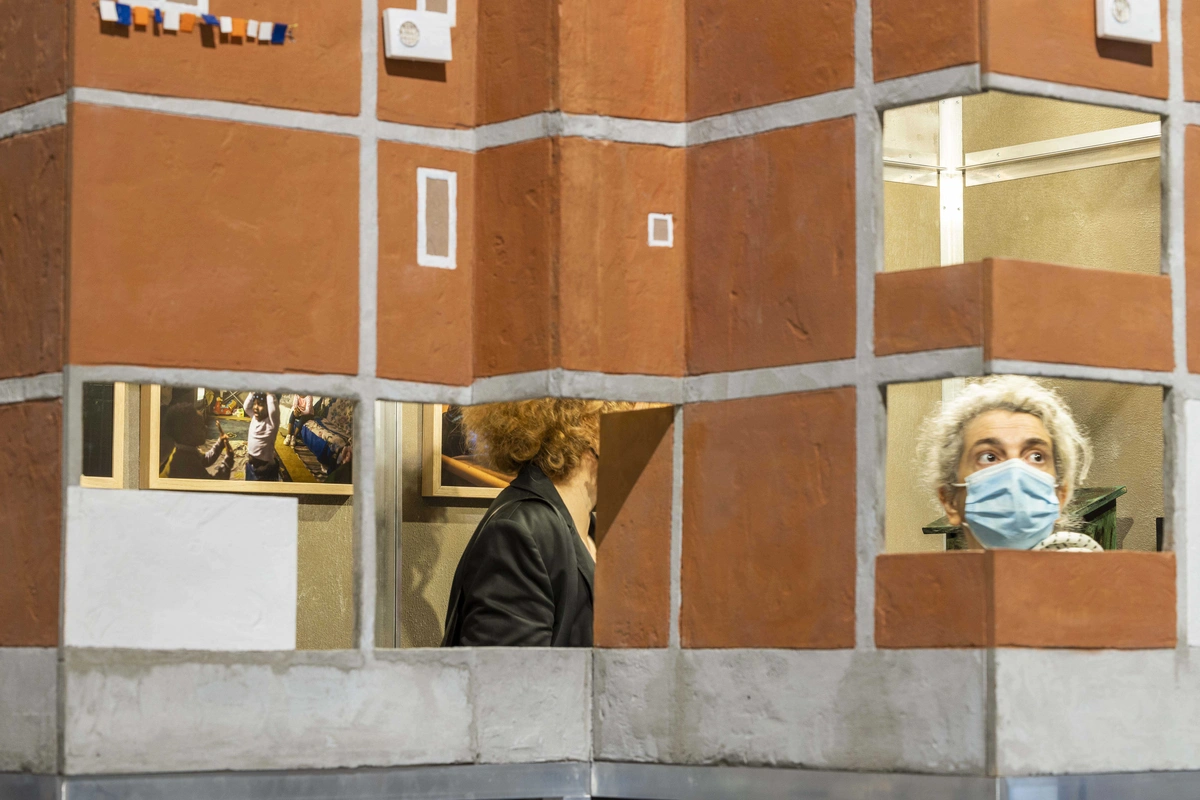
Model of Jamaika installation at maat, Lisbon. Photo by Ivo Tavares Studio.
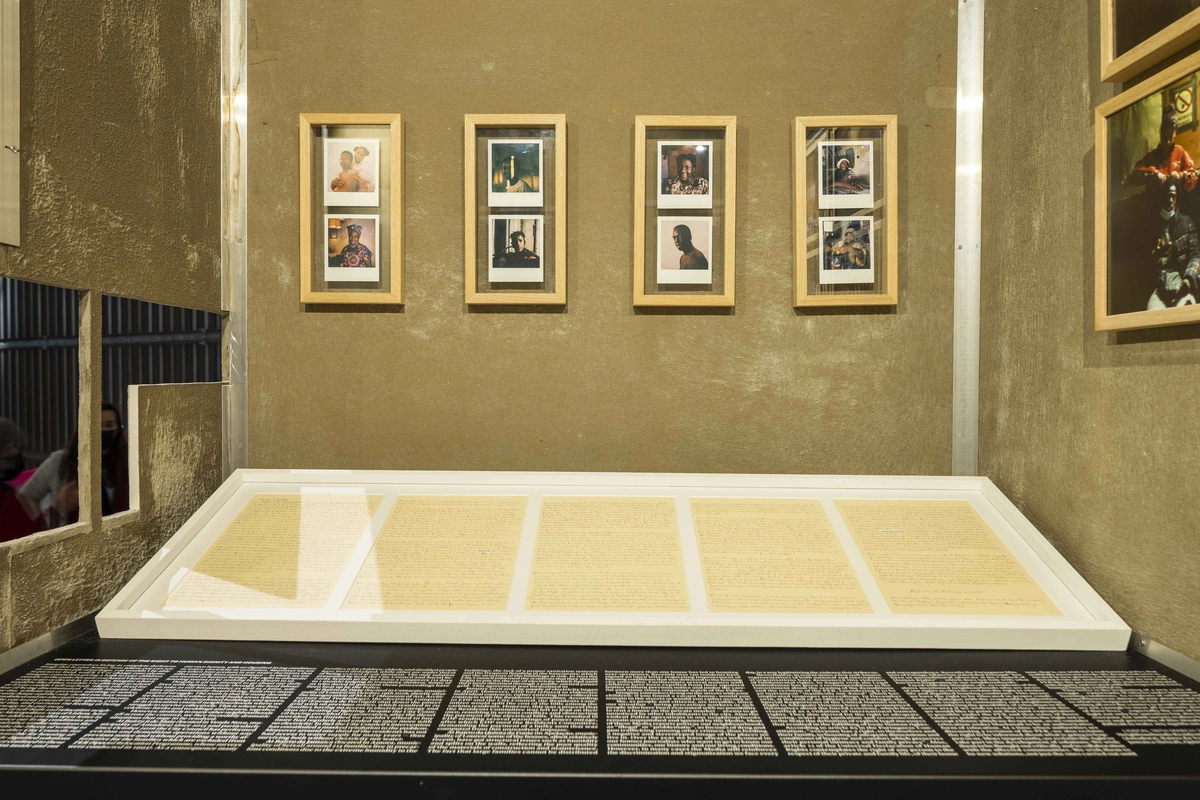
Model of Jamaika installation at maat, Lisbon. Photo by Ivo Tavares Studio.
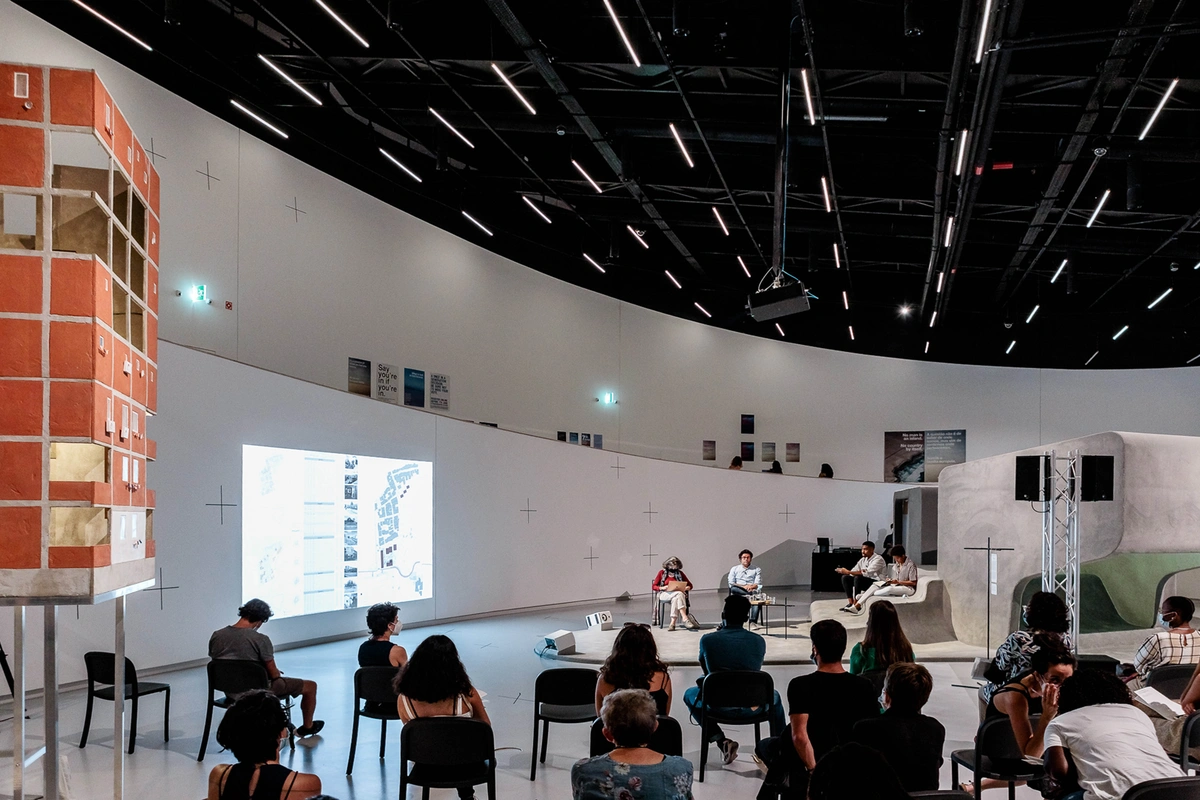
Model of Jamaika installation at maat, Lisbon. Photo by Ivo Tavares Studio.
Model of Jamaika was presented at maat in the context of the exhibition X is not a small country (18/03–06/09/2021), curated by Aric Chen, with Martina Muzi. Concept: Paulo Moreira, with Chão – Oficina de Etnografia Urbana and José Sarmento Matos. Coordination: Paulo Moreira. Project: Paulo Moreira Architectures. Model: Arte Leite. Structure: Panoramah. Chronology: Chão – Oficina de Etnografia Urbana. Text: Residents’ assembly of Bairro 6 de Maio (Amadora), Bairro da Torre (Loures), Bairro da Jamaika (Seixal), Quinta da Fonte (Loures). Manuscript: Maria Cesaltina das Neves. Graphic design: Pê. Photography: José Sarmento Matos. Videos: Alda Pontes, Arioste Mandinga, Aurora Coxi, Asmir Djonis Bull, Diego Coxi, Edna Nazaré, Ivone Maxima, Leopoldo Pereira, Lurdes Pontes, Manuela Pedro, Naide Jordão, Roberto Cravid, Telma Reis. Music: Kid Robinn. Aknowledgements: Associação de Desenvolvimento Social de Vale de Chícharos and Salimo Mendes (in memoriam).